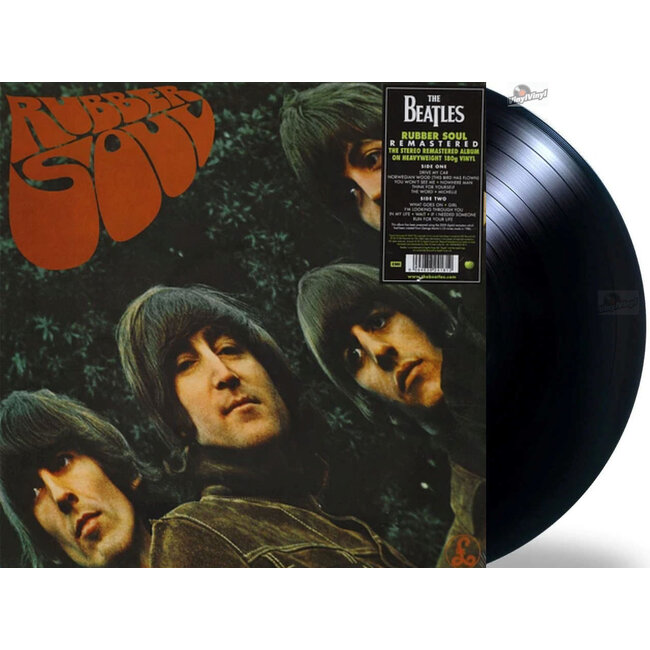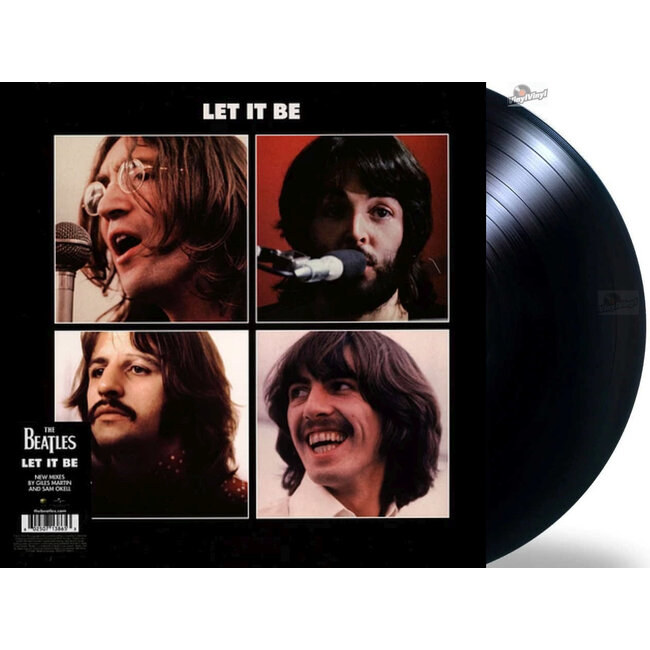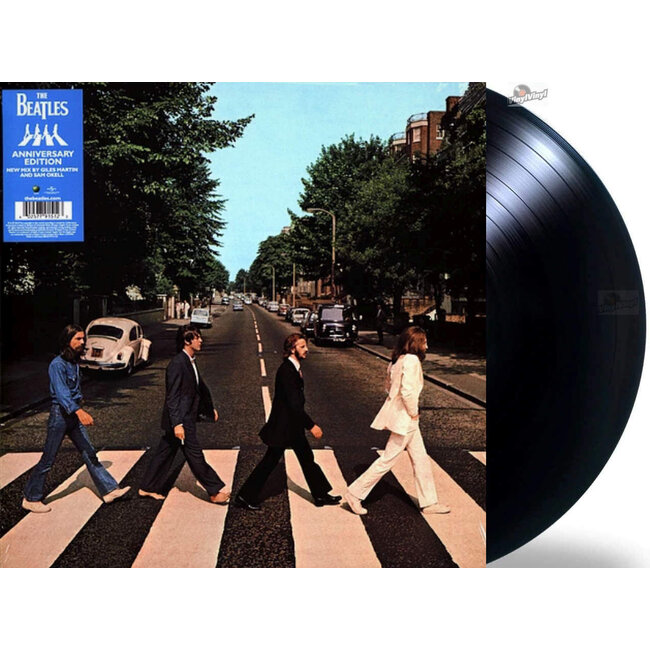Beatles, The Yellow Submarine ( 2009 remaster ) 180g vinyl LP
( 1968 ) - 2012 repressing of 2009 Remastered from orginal master tapes, pressing on 180gr vinyl= the classic soundtrack of the 1968 movie, Cut at Abbey Road Studios by a First-Rate Team of Producers and Engineers: S... Lees meer..
Voor 15.00u besteld?
Dan wordt je bestelling vandaag verzondenEen echte winkel
Kom ook eens bij ons langs in Den HaagKlantenservice?
Bel 070 - 36 32 777 voor vragen, tips of advies
Productomschrijving
Release date: 08-11-2012/2009(Originally released in 1968)
2012 EU pressing of 2009 Remastered from orginal master tapes, pressing on 180gr vinyl= the classic soundtrack of the 1968 movie, Cut at Abbey Road Studios by a First-Rate Team of Producers and Engineers: Stringent Procedures and Safeguards Ensure Optimum Audiophile-Quality Sound
The soundtrack to the Beatles’ animated film of the same name, Yellow Submarine presents four new Beatles tracks recorded between 1967 and early 1968. In addition, George Martin’s score for the film rounds out the effort. While not considered a “proper” album, Yellow Submarine contains many memorable moments—George Harrison’s psychedelic “Only a Northern Song,” peppered with organ and candid sentiments, and “It’s All Too Much,” carried on the shoulders of a mesmerizing Mellotron, gigantic percussion, and titanic guitar feedback.
Tracks:
Side One (The Beatles)
A1 Yellow Submarine
A2 Only A Northern Song
A3 All Together Now
A4 Hey Bulldog
A5 It's All Too Much
A6 All You Need Is Love
Side two Original film score composed & Orchestrated by George Martin)
B1 Pepperland
B2 Medley: Sea Of Time & Sea Of Holes
B3 Sea Of Monsters
B4 March Of The Meanies
B5 Pepperland Laid Waste
B6 Yellow Submarine In Pepperland
Part of Capitol/Apple’s quintessential Beatles catalog masters series on LP, Yellow Submarine has been remastered by a dedicated team of engineers that includes Guy Massey, Steve Rooke, and Sam Okell with Paul Hicks and Sean Magee. Proper care and a painstaking series of steps were taken to ensure that music lovers would hear the Fab Four in all their glory with unprecedented clarity and transparency.
=============================================================
With EMI’s legendary Abbey Road Studios providing the backdrop, the four-year restoration process combined veteran expertise, state-of-the-art equipment, vintage studio gear, and rigorous testing to net what is without doubt the highest fidelity possible and authentic, jaw-dropping sound guaranteed to rival the original LPs. There is no longer any need to pay hundreds of dollars for Japanese pressings.
At the start of the restoration process, engineers conducted extensive tests before copying the analog master tapes into the digital realm using 24-bit/192 kHz resolution and a Prism A-D converter. Dust build-ups were removed from tape machine heads after the completion of each title. Artifacts such as electrical clicks, microphone vocal pops, excessive sibilance, and poor edits were improved upon as long as it was determined that doing so didn’t at all damage the integrity of the songs. Similarly, de-noising technology was applied in only a few necessary spots and on a sum total of less than five of the entire 525 minutes of Beatles music.
In cutting the digital masters to vinyl, stringent safeguards and procedures were employed. After cutting to lacquer, determined to be warmer and consistent than cutting to DMM, the next step was to use the Neumann VMS80 cutting lathe at Abbey Road. Following thorough mechanical and electrical tests to ensure it was operating in peak condition, engineer Sean Magee cut the LPs in chronological release order. He used the original 24-bit remasters rather than the 16-bit versions that were required for CD production. It was also decided to use the remasters that had not undergone ‘limiting,' a procedure to increase the sound level.
Having made initial test cuts, Magee pinpointed any sound problems that can occur during playback of vinyl records. To rectify them, changes were made to the remasters with a Digital Audio Workstation. For example, each vinyl album was listened to for any ‘sibilant episodes.' vocal distortion that can occur on consonant sounds such as S and T. These were corrected by reducing the level in the very small portion of sound causing the undesired effect.
Similarly, any likelihood of inner-groove distortion was addressed. As the stylus approaches the center of the record, it is liable to track the groove less accurately. This can affect the high-middle frequencies, producing a ‘mushy’ sound particularly noticeable on vocals. Using what Magee has described as ‘surgical EQ,’ problem frequencies were identified and reduced in level to compensate for this.
The last phase of the vinyl mastering process began with the arrival of the first batches of test pressings made from master lacquers that had been sent to the two pressing plant factories. Stringent quality tests identified any noise or click appearing on more than one test pressing in the same place. If this happened, it was clear that the undesired sounds had been introduced either during the cutting or the pressing stage and so the test records were rejected. In the quest to achieve the highest quality possible, the Abbey Road team worked closely with the pressing factories and the manufacturers of the lacquer and cutting styli.
For this project, there was no such thing as too many cooks in the kitchen. Yes, it took a village to get it right.
Reviews
Specifications
Yellow Submarine ( 2009 remaster ) 180g vinyl LP
0 beoordelingenBeoordeel Beatles, The Yellow Submarine ( 2009 remaster ) 180g vinyl LP
( 1968 ) - 2012 repressing of 2009 Remastered from orginal master tapes, pressing on 180gr vinyl= th..















